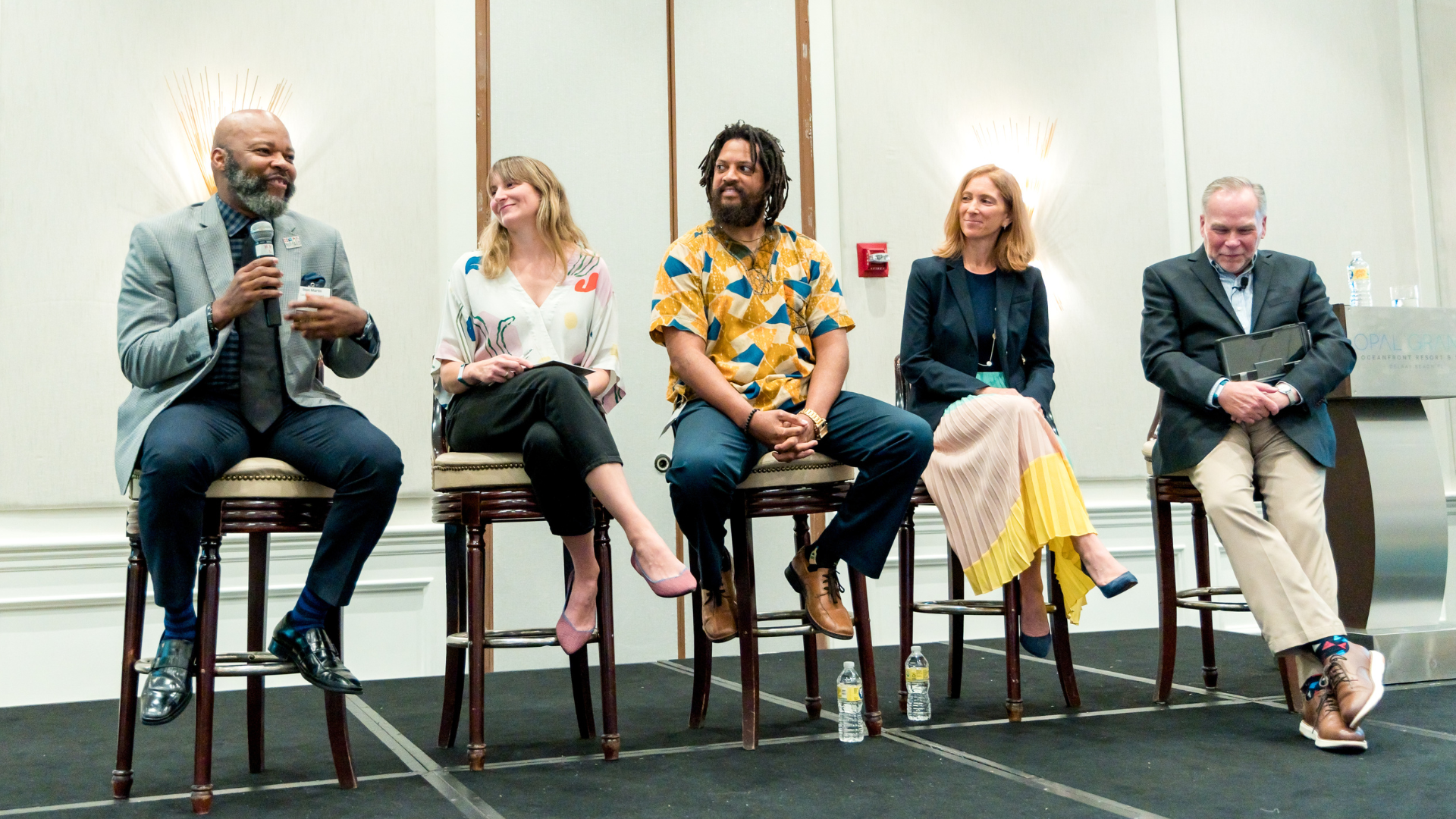
On June 26, the Ontario Trillium Foundation hosted a collective impact webinar with Tamarack to learn from initiatives that are supporting the positive development of children and youth. We heard from two initiatives that openly shared stories of their journey - both the successes and challenges they faced in supporting and facilitating collective impact. Many thanks to Graduation Matters Montana and The Child and Youth Health Network in Vancouver Island.
Graduation Matters Montana launched through a state government agency about 7 years ago to increase the number of students graduating from high school by age
18. Since then, Fifty-eight communities have launched a local Graduation Matters Montana initiative, dropout rates are down and the state graduation rate is the highest it has ever been two years' running.
The Child and Youth Health Network has been working together for 5 years. Their work spans across 13 municipalities and 9 First Nations. Their first achievement was convening cross sectors and sustaining that engagement for four years while they were sorting out their theory of change and common agenda. After one and a half years of solid work they came up with their leverage point (common agenda) of increasing connectedness for children and youth in school, family, family, and peers. The network is in the process of developing an 'index of connectedness', as a communication and measurement tool.
Here are some highlights and key insights I took away from the webinar:
1. "Do nothing about us without us". Engage people with lived experience in the work.
There are so many examples of well intendent adults talking about youth experience but as adults they aren't living and walking that path right now. Central to the work is authentic participation of youth. Normalize the importance of student voice in each of the stages of the initiative by inviting youth voice to the work.
Having student voice in the work kept it real and broke new ground. An example from Graduation Montana was where in one community students felt teachers were not engaged in their lives. Teachers never came to basketball games. It turned out that teachers didn't come because the gym was so over crowded and there was no place to sit. As a result, they created a bleacher just for teachers and found teachers started cheering the team in hallways. This was a low tech high impact way to shift culture and divide in the school, which would not have been thought about in isolation of the student experience. When you engage people with lived experience is when you see innovation happen.
2. "People own that which they help to build" – Margaret Wheatley
Montana a very rural state. Their largest community has a 100,000 people. Graduation Matters Montana looks different in each community. All the 58 local communities interpreted, designed, implemented and owned the Graduation Matters initiative. In a sense this is a nested collective impact. Each community followed a basic framework – bringing together different community stakeholders, understanding what they are good at and what they can improve and intentionally using aspirational communication.
3. Sustain Stakeholder Engagement
Sustaining engagement and momentum around period of ambiguity can be tricky and challenging. If we are not involving people with lived experience in a meaningful way, we don't learn and it is hard to achieve impact. In the Child and Youth Health Network , the first few years had lots of community involved and really strong youth involvement but the network didn't have capacity to sustain relationships. Youth engagement is difficult even with best of intentions. It is often tokenized but often what ends up happening is a one off consultation with youth or youth plan one event. Youth with first had experience with vulnerability are included in a meaningful way but sometimes it is more than the initiative can handle to sustain their involvement, either because their perspective is so divergent compared to adults in the room or because it is resource intensive.
4. Some thoughtful advise
There is a tendency of systems to resist change. Even when system actors agree that they want change they can become part of the system that resists change especially in area of engaging people with lived experience.
- Equity is the 6th condition of collective impact
- Give people flexibility to own it in a local context
You go slow to go fast. Importance of relationships, trust and understanding the natural rhythm of people shifting mindsets. If you do groundwork well all sorts of magic can happen. It is human relationships that make up a system. Always have a beginners mind to relate to different groups coming in at different times. Recognize that youth live in an ecosystem in their own world. It is important to understand how they move in the community they live in outside of their time with you.
More information on the webinar and presenters can be found here and the webinar recording itself can be found here.





